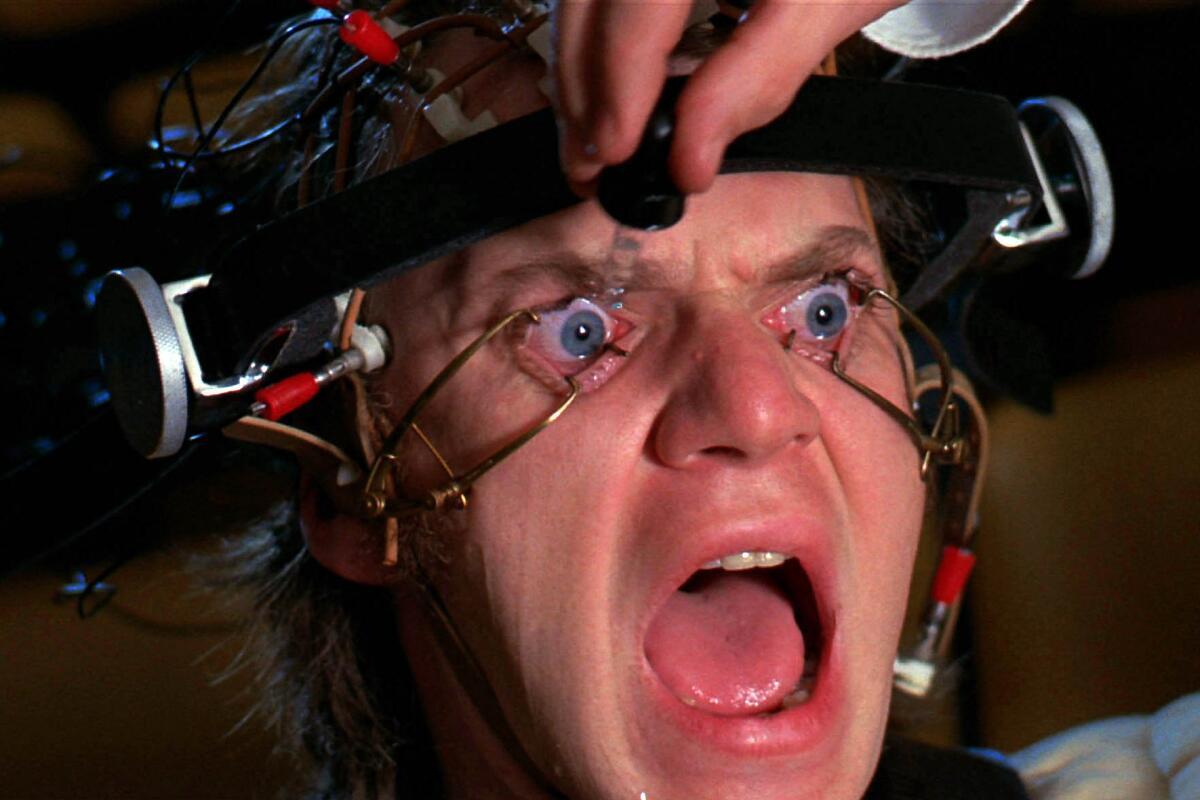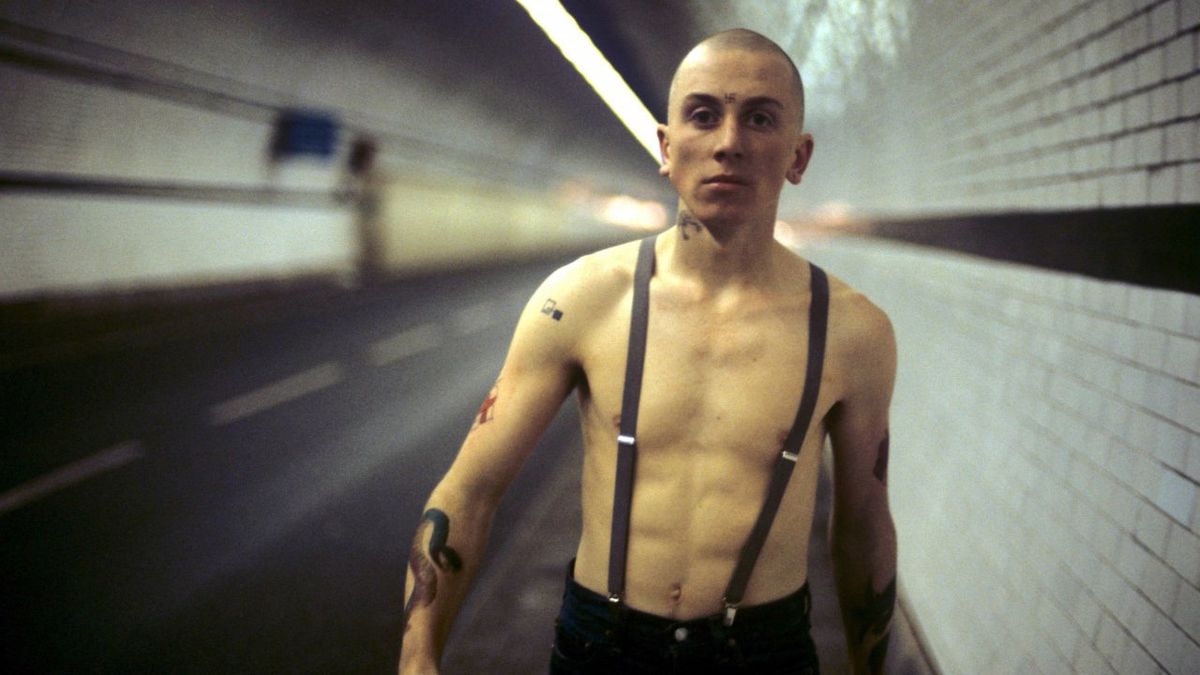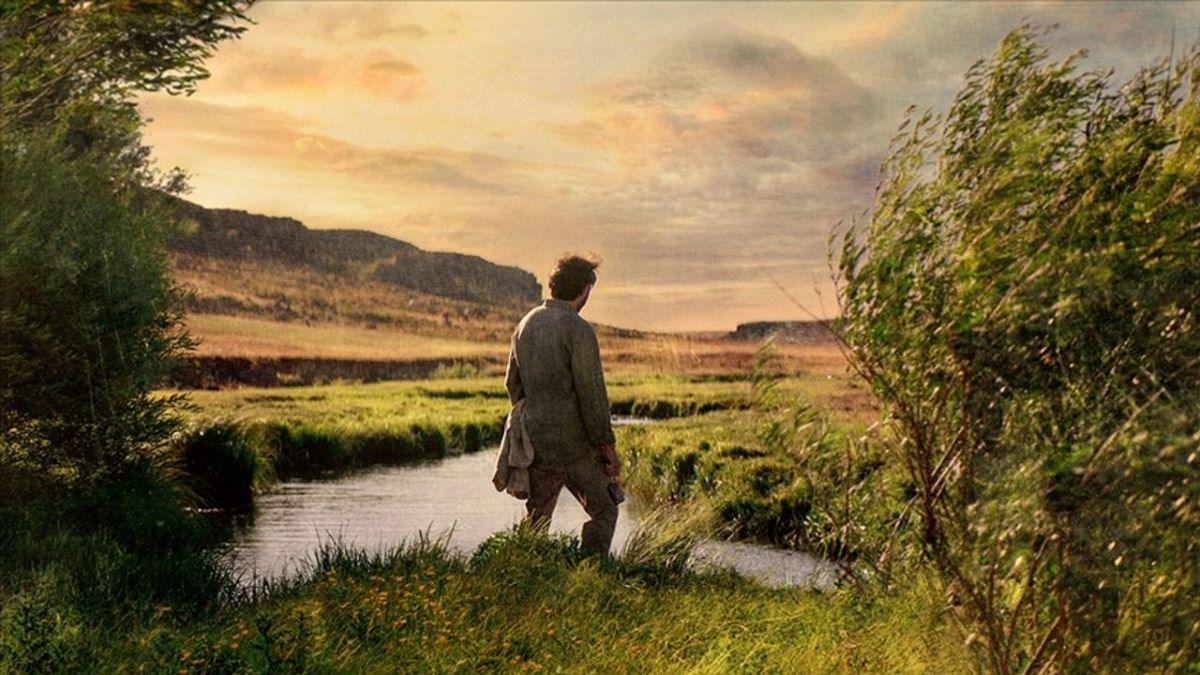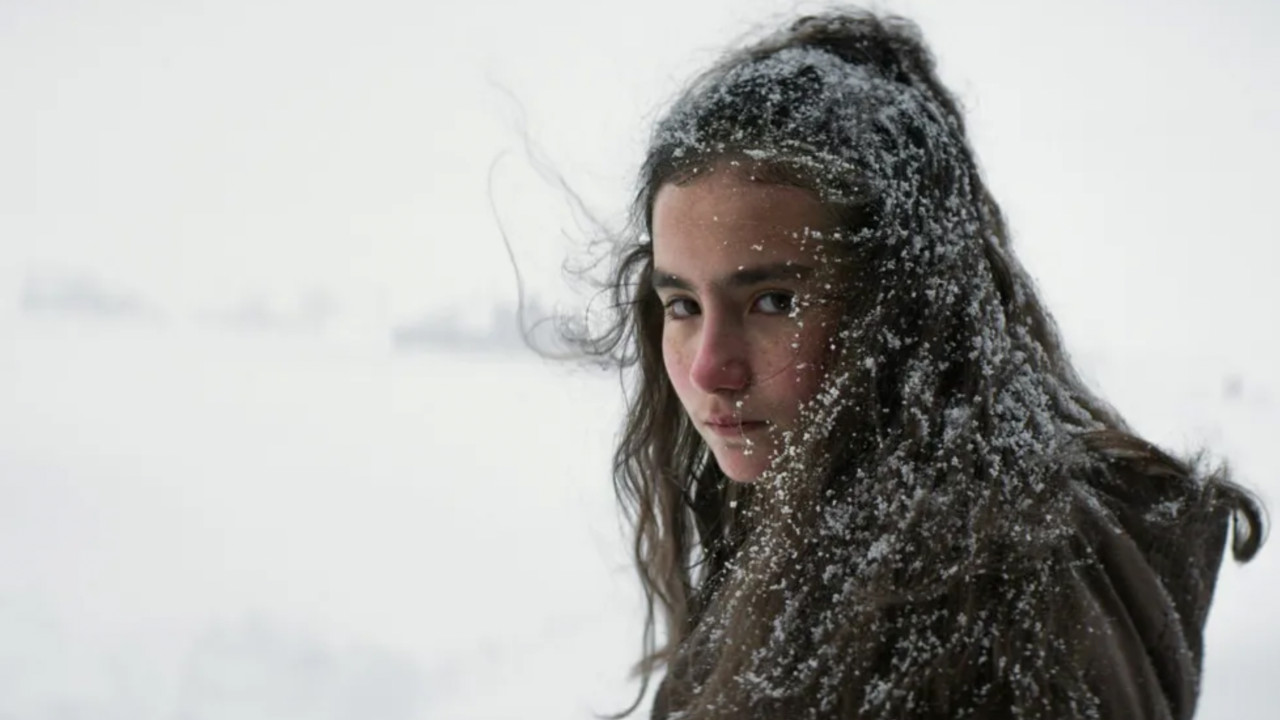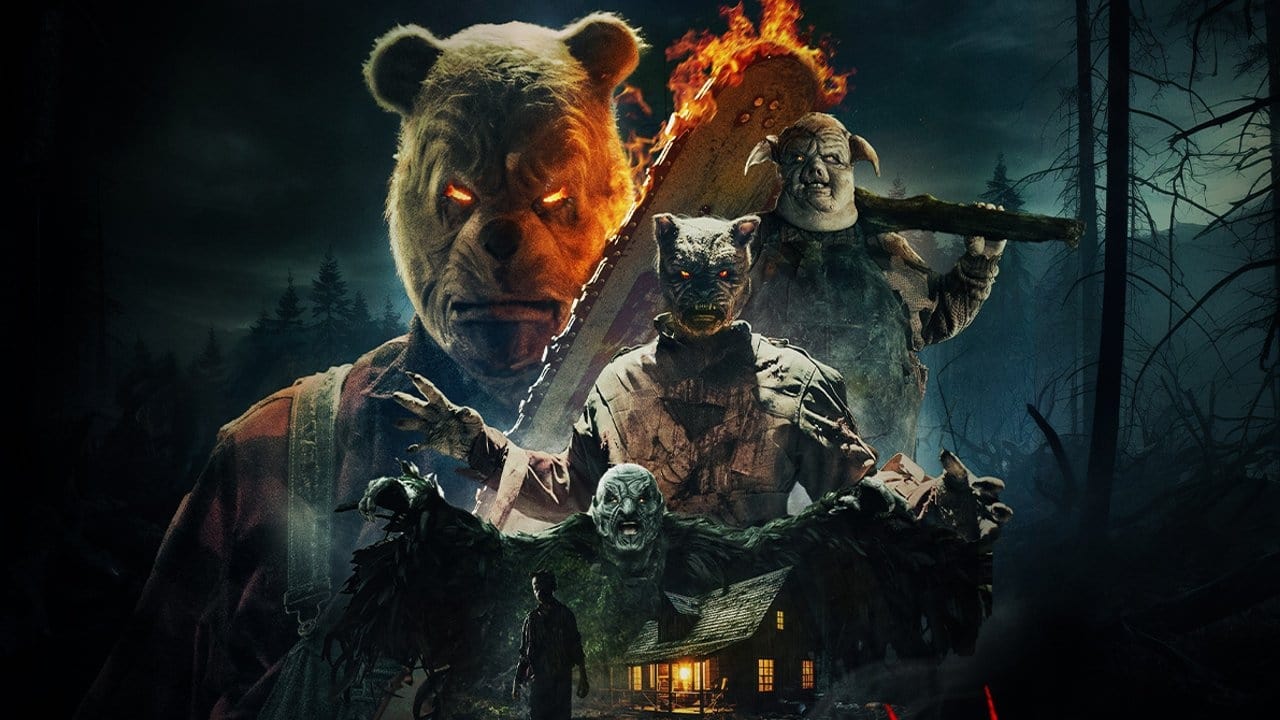The grammar of A Clockwork Orange—one of those rare works that inevitably marks a before and after—dilutes violence to the point of neutralizing it in its aesthetic pursuit.
The image is a game distributed across multiple levels, each configuring a universe with specific rules and strategies. Every level has its own game, scope, and objectives. Unlike video game difficulty levels, where one progresses sequentially, the levels in the image game are independent and defined by conventions without any hierarchy of value or complexity. Authors play at the level most suited to them for countless reasons, often dictated by chance or something very similar, like genetic and behavioral destiny. They reinterpret the rules, sometimes switching categories, sometimes winning, and sometimes losing the challenge.
Rewatching A Clockwork Orange, one of those rare works that inevitably marks a before and after, was surprisingly new. I’m not sure if this was due to the film’s intrinsic qualities or my radically changed perspective compared to a few decades ago.
The game in question is that of the image as a symbolic and privileged vehicle of content, embedded in an effective morphological structure of screenplay, direction, photography, and all the rest, delineating a narrative arc essential to the visual dynamics seen in Twombly and Bacon. For this discussion, I assume the image is not only possible but substantial—a medium of knowledge, a fetish enclosed and polarized, available for dissection and analysis with its reasons and morals. A Clockwork Orange is an exemplary manifesto of schizophrenia regarding ethical content as a devotional must in representation.
On one side is the film’s aesthetic syntax; on the other is an entire category of images used as scenic and narrative expedients that seem to belong to a different world (or game) altogether. The unfolding of the film creates an atmosphere on the verge of sensory deprivation, highlighting a profound discrepancy between the narrated violence and its aesthetic sublimation. One might think that the emotional sanitization of the direction pushes the limits of surreal dystopia (by obsolete modern-Victorian standards) to describe Alex’s psychological landscape, where crime is his existential dogma and leadership tool, devoid of any empathetic pollution.
However, I believe the schism witnessed in the formal translation of the hallucinatory world of A Clockwork Orange stems from an aesthetic urgency—Kubrick’s aspiration to free himself from the narrative and moral of the image through asymmetrical decontextualization tending towards the abstract, which, for obvious packaging reasons, never fully succeeds. A Clockwork Orange is a battleground for the epic conflict between Kubrick the storyteller and Kubrick the poet, evident in every frame, sound choice, scene detail, and line of the screenplay.
It doesn’t end there. The film’s narrative matryoshka contains another category of images, a lifeline for the average viewer, conveying the comforting lesson that every work should impart. These are the clips to which Alex is overexposed during the reeducation process, with the dual purpose of advancing the plot and witnessing his moral reconversion. Here, the fracture between what is seen and what is felt or should be felt is mended by the salvific purpose of the message—a sociological theme of great interest that, in the face of the film’s aesthetic power, seems pedantic and predictable, much like the final chapter of Anthony Burgess’s novel from which A Clockwork Orange is adapted.
In his unique way, Kubrick defines two parallel tracks that provide a clear perception of how an image cannot have intrinsic moral value. Its potential meaning depends on the observer’s decoding and the formal rewriting, a fluid container of various interpretations resistant to moralistic constraints. The film’s grammar dilutes violence, neutralizing it in the pursuit of aesthetics, while the educational images within the narrative fully reclaim its moral and ethical stigma. Kubrick merges the organic and mechanical, moral and aesthetic, in the Cockney slang that serves as both the title and attribute: “As queer as a clockwork orange.”
Raul Gabriel
Cinematografo, May 15, 2024

